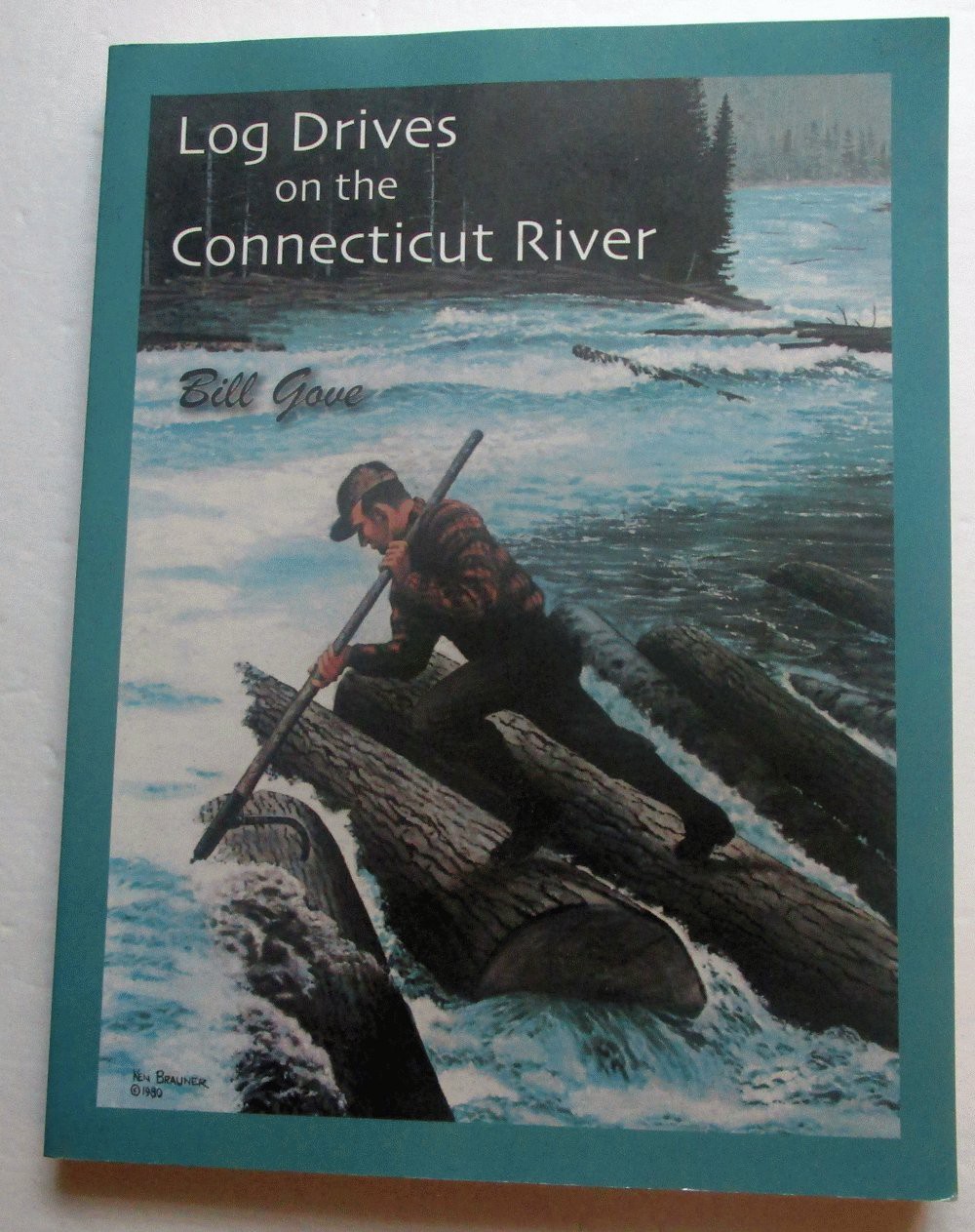Exploring how abundant energy leads to longer, healthier lives.
Written by Meredith Joan Angwin
July 29, 2019

Women and Energy
Howard Shaffer and I were on a local radio show, speaking about energy. Near the end of the program, the host, Bill Sayre, asked me to comment on the role of energy in improving women’s lives.
“Women and Energy” is one of my favorite subjects. Even though we were on radio, without graphics, I did my best to refer to Robert Hargraves’ chart on prosperity versus birthrate. As prosperity goes up, number of births per woman goes down. As prosperity increases, energy use also increases.
In poor countries, women’s lives are limited by the fact that they have little or no access to the most modern of energy supplies: electricity. Instead, women spend their lives gathering fuel, cooking over smoky biomass stoves, and drawing water. Their hard lives lead to poor survival rates among their children, which in turn leads to women having many pregnancies.
In a very poor country, there’s not much room for education (or even time to rest quietly) in women’s lives. When a country becomes richer, energy use goes up and women’s lives improve. A wonderful book about this trend is Factfulness, by Hans Rosling, Anna Rosling Rönnlund and Ola Rosling.

Men and Energy, Starting with Ice
After I talked about women’s lives, Howard Shaffer spoke about men and energy. Before the use of fossil and nuclear energy, the world relied only upon renewables. In those days, a high percentage of men had very dangerous jobs.
Shaffer spoke a New England industry that thrived until electricity became common: Ice Harvesting. Men would go out on the New England lakes in winter, cut ice and cart it into large ice houses, where it would be protected from the summer heat with straw. Later the ice was shipped to cities, where dairies, hospitals and restaurants used great quantities of ice to keep food and drugs cool. “Ice boxes” at home prevented food from rotting during the hot days of summer. Shipping lake ice from New England was big industry, though it had some competition from manufactured ice, usually made with ammonia. Needless to say, putting lake ice in your drink could make you sick. Ice was mostly used for keeping things cold, not for eating or drinking.
The ice harvesting industry ended as electricity became more common and less expensive. The first home electric refrigerator was sold in 1913. But the lake ice trade didn’t end until the mid 1950s, when most people had electricity and a refrigerator in their homes.

Harvesting ice was dangerous work. It was probably not more dangerous than other occupations of the time (my husband’s family were miners), but it was definitely hazardous. Men died harvesting ice.
But let’s talk about something really dangerous. Log Drives.
Log Drives
Rumble rumble rumble….oh…that’s just the log train going by….

I live in Wilder, Vermont, close to the Connecticut River, and close to a small railroad track that runs near the river. On weekdays, two trains a day run along that track. The morning train carries logs north to a plywood factory, and the evening train carries plywood south from the factory. I find the sound of the two trains quite comforting. There’s the morning train, and then there’s the evening train: their noise adds a rhythm to my life at home. Yes, if these trains ran as often as the New York subway, the noise would be annoying. But they don’t run all the time. They are just the log trains. The morning train. The evening train.
Before logs were shipped by train, there were log drives on ConnecticutRiver, as well as on many other rivers.. Logs were harvested, rolled down to the river, tied up into rafts, and poled and shoved down the river by “shantymen.” The log drives on the Connecticut River started in about 1865, and only ended in 1918. Men guided the rafts. Men fended off log rafts that threatened the bridges. They frequently died at this work.
Railroads, whatever their problems, are much safer than log drives.
I first heard the song “The Jam at Jerry’s Rock” when I was in high school. Here’s a version sung by Dusty Leer:
The song celebrates a brave shantyman who sends his workers back to shore, then he alone breaks up a log jam. And he dies. The version I heard was set in Canada. The version I have on this post is set in Michigan. Log drives were dangerous…all over.
Men and Energy
As Shaffer pointed out, you can get ice from the local lakes and store it all summer. That’s what men used to do, before electricity. The ice was limited in both usefulness and availability. And it cost men’s lives.
Similarly, you can float logs down a river, or you can ship send them by rail. Before abundant energy, the cost of transporting logs by water was considered cheap. It was paid in men’s lives.
Abundant energy enables both men and women to lead longer, healthier lives.
All hail to abundant energy! (And of course, nuclear is my favorite kind.)
© Copyright Meredith Angwin, 2019. An earlier version of this post appeared in the blog Yes Vermont Yankee as Men and Energy: When Energy was Expensive but Lives Were Cheap.
Meredith Angwin is a physical chemist with long experience in the utility industry, including nuclear, renewable, and fossil fuel generation. From her first-hand experience with different forms of energy, she became an advocate for nuclear energy. Meredith has written several books on nuclear advocacy. You can check out her website here.

